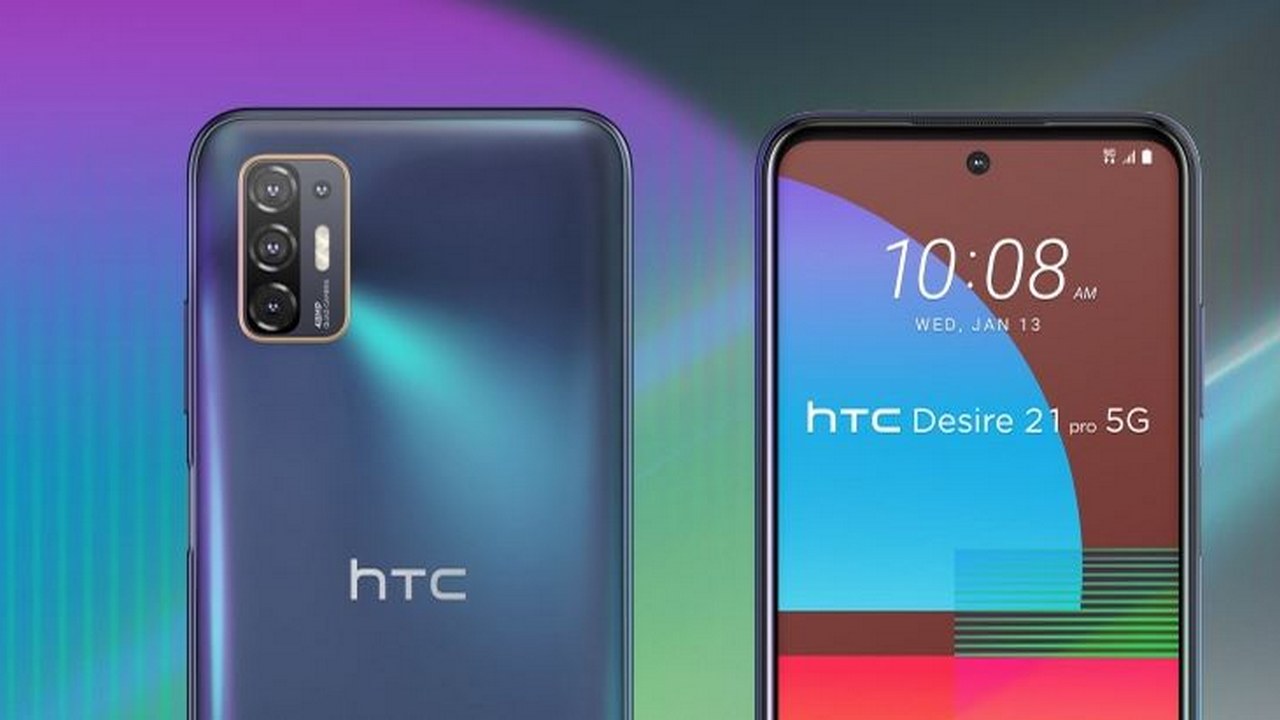Back in good old days of Windows Mobile 6.1 and Android Éclair, HTC indeed had everyone in awe as to how beautiful and smooth their Sense UI software was. This was because Windows Mobile and Android, back then, were spartan and practical in every sense. We did not have digital assistants or too many apps either and it was less about the ecosystem and more about the software experience.
Sense does not make sense anymore
Fortunately for most of us, times have changed, Windows Mobile bloomed into Windows Phone with its magazine-like Metro UI and then into Windows 10 Mobile that now is a mixed bag of design elements. Android finally moved to something more civilized with Ice Cream Sandwich and now continues to look polished and practical with the Material Design guidelines introduced with Android 5.0 Lollipop. Clearly, there’s little need for software and UI modifications anymore since Android looks good and so do third-party apps that have begun to follow the new guidelines.
With that said, it’s easy to point out that, pardon the pun, HTC’s Sense suddenly started to make little sense. Have a look at the latest Sense UI and there are minimal modifications in an interface that looks closer to stock Android than ever before. It’s also lighter and helps in bringing out updates faster than before.
So with a not so special Sense UI, why should you buy an HTC budget smartphone that’s priced a lot higher or offers less, in comparison to a China-made smartphone, that delivers a lot more at the same price?
Chinese invasion
Not too long ago, when HTC’s profits took a nose dive for the first time, HTC’s Chairwoman, Wer Wang said that the company had focussed too much on the flagship segment, hinting that focus would now be on the lower rungs , like the mid-range. In a statement to Reuters, Chialin Chang, HTC’s Chief Financial Officer said that it won’t get into the “very, very low-end market” hinting at the new strategy.
But it did and we had plenty of budget smartphone plans that shot up soon after. In 2015, HTC announced that it was ramping up its presence in the affordable smartphone market by introducing new 4G-enabled devices to gain share in markets like India. “We will broaden our price play horizons at both ends. India is an important market for us. If HTC has to do good globally, India numbers have to be positive,” HTC President (Global Sales) Chia-Lin Chang said back then.
While there was no news about how these affordable smartphones were doing, HTC was still slugging it out with other Android smartphone brands and managed to see growth in the premium segment, but continued to introduce new affordable models despite getting flack for high pricing in comparison to China-made smartphones.
It couldn’t last. And just yesterday, it was made official: The company had given up to the Chinese brands.
“Last year we had 15 models, including the Desire 620 which was being sold at Rs 9,990, but this year we will have only 7-8 models, staggered across the year, and only above Rs 10,000,” said Faisal Siddiqui, president for South Asia at HTC Corp told ET.
The company is now looking at making mid-range smartphones in India which should bring down their price tags. For anyone who has glanced at the price tags of mid-range HTC smartphones, they make little sense. An old MediaTek P10 inside the mid-range One X9 is no match for Xiaomi’s budget monsters. Add to that list brands like OnePlus, Lenovo and Oppo and there’s little or no room for an underpowered smartphone that’s priced too high.
‘U’ may be the way out
With software not being a major factor in consumer buying decisions (will only matter to Pixel customers) HTC has finally got the hint that innovation is the way forward and its recently launched U Ultra seems to be the start of something new.
While they are priced high, they offer unique designs, and pack in dual displays, along with a new U Sonic audio technology that is unheard of so far. The new U also offers an AI-based assistant called HTC Sense Companion, that may see users heading back to Sense once again, not for software design, but features. In short, we finally have an HTC smartphone that on paper can do a lot more than a OnePlus 3T .
It’s a bold move, but as with every new innovation, it always comes at a price. Apple and Samsung have been getting this right better than anybody else. Bring something new and price it higher, people will flock. It’s something that Chinese smartphone makers cannot go with, because it simply goes against their theories of producing a smartphone at a low price, with the best hardware, but nothing new. It works for a while, but then your customers begin to realise that there are greener pastures elsewhere (and they will leave you!).
By moving away from the ultra-competitive budget segment, HTC seems to have taken a big risk, even though the move takes of some of the burden off the brand’s shoulders. But it may pay off provided it gets its premium segment right this time. Moreover, it’s already seeing success with its Vive virtual reality headset because, well, there’s just HTC and Oculus in this game for now.
With the seventh consecutive quarter of losses , HTC needs to pull up its sleeves and introduce smarter products, but a pricey VR headset (950 USD) is not going to be it, not in India at least.
)
)
)
)
)